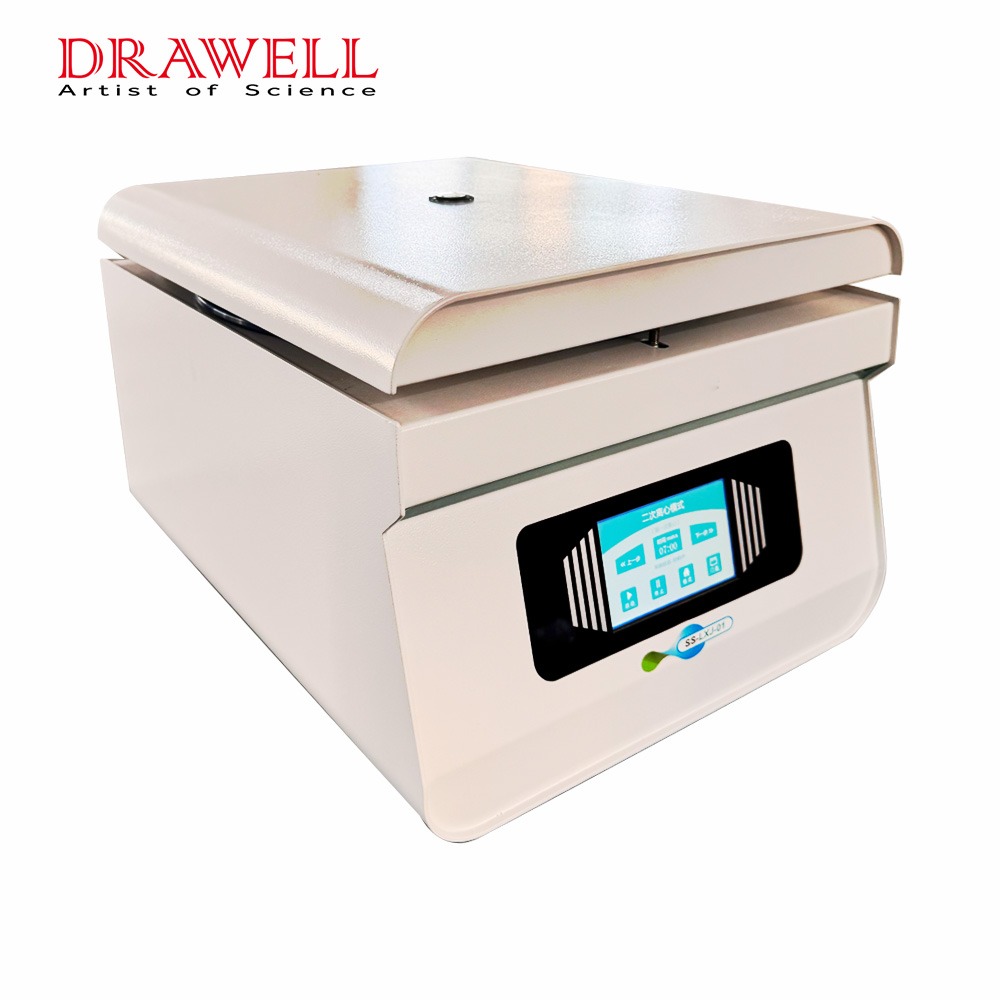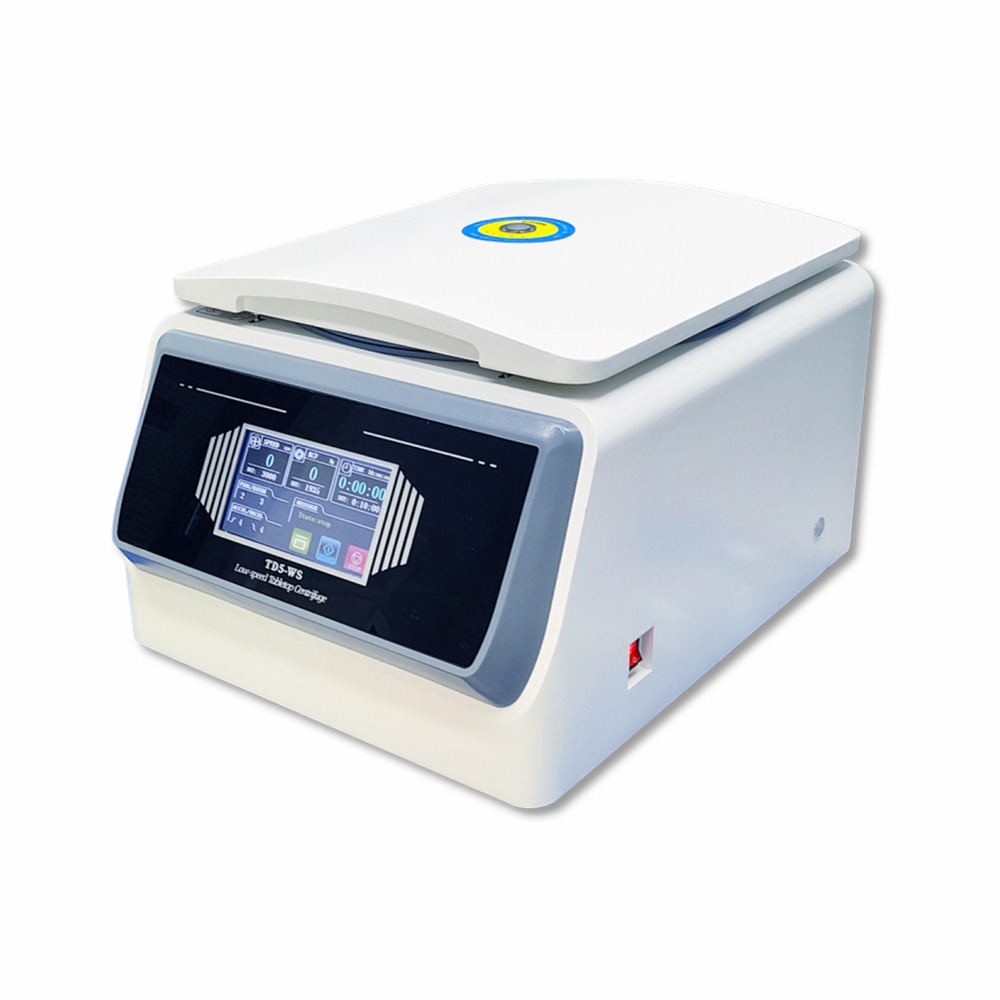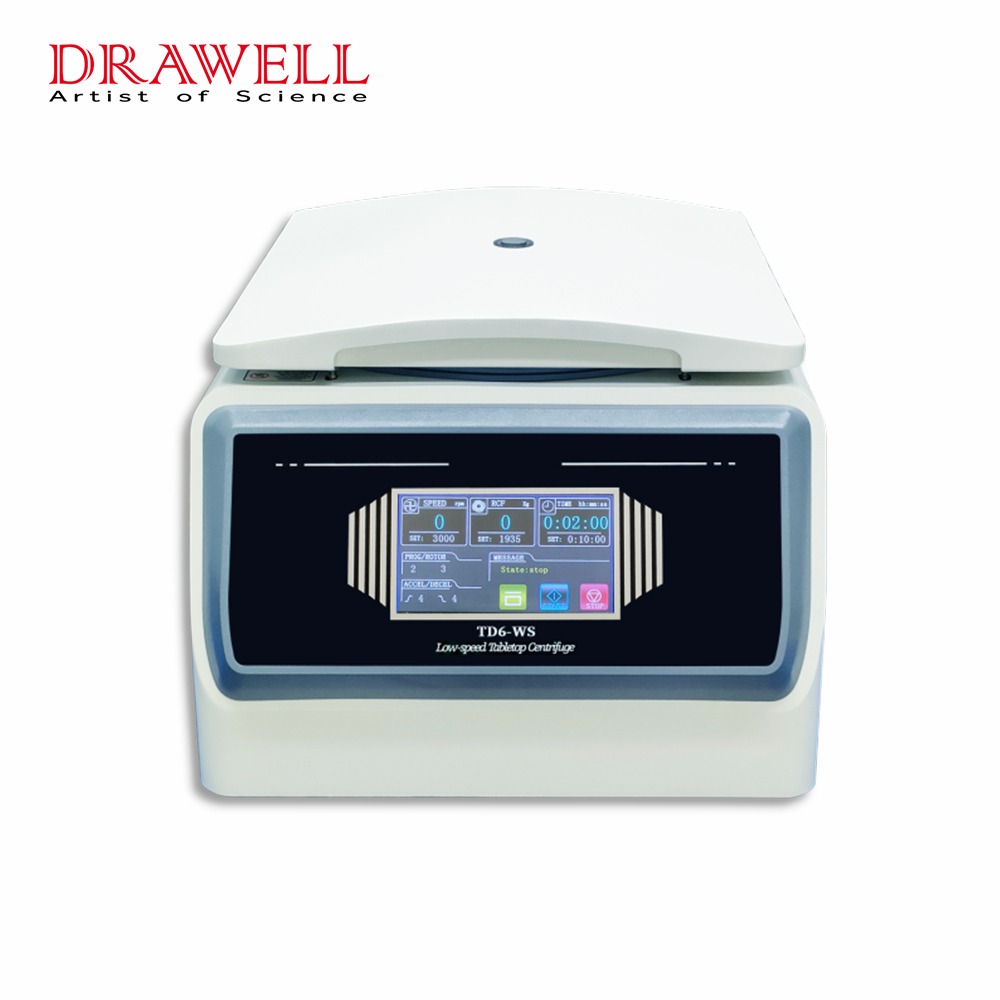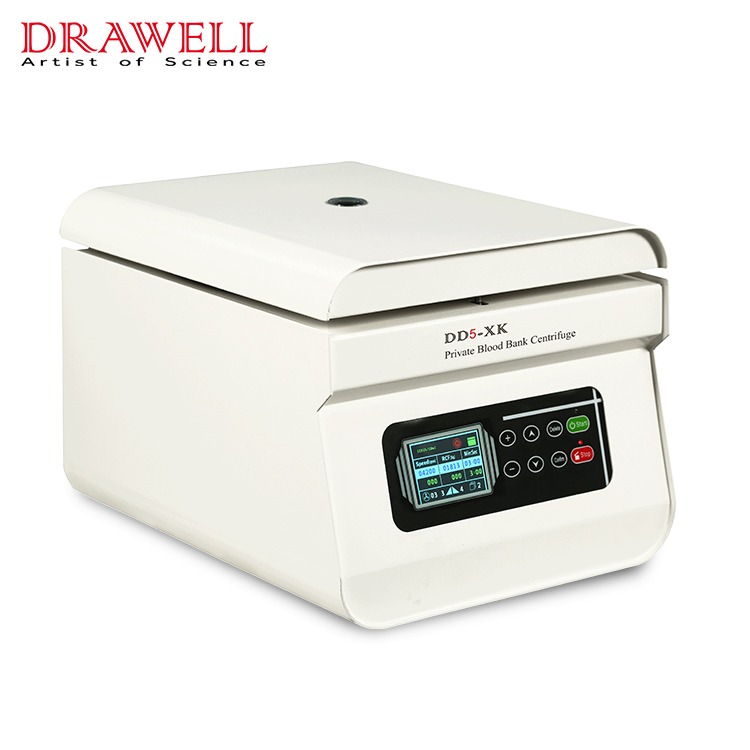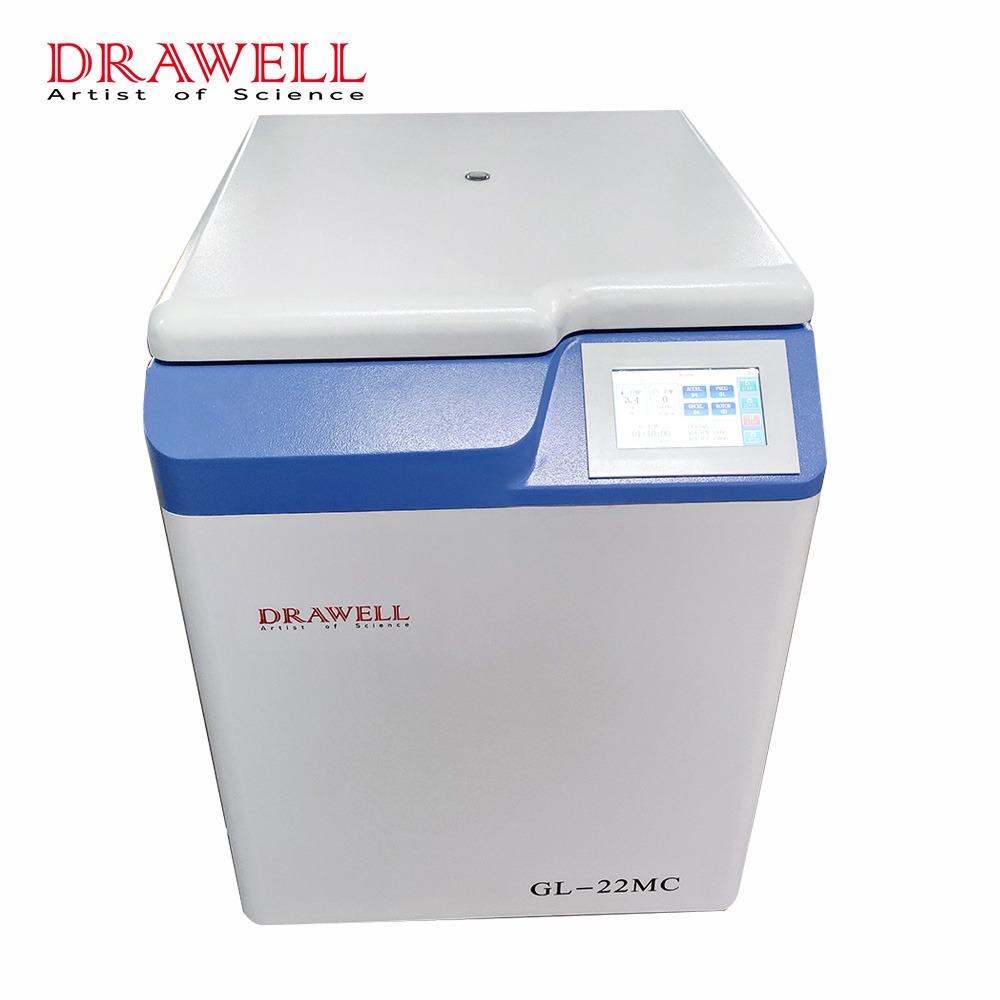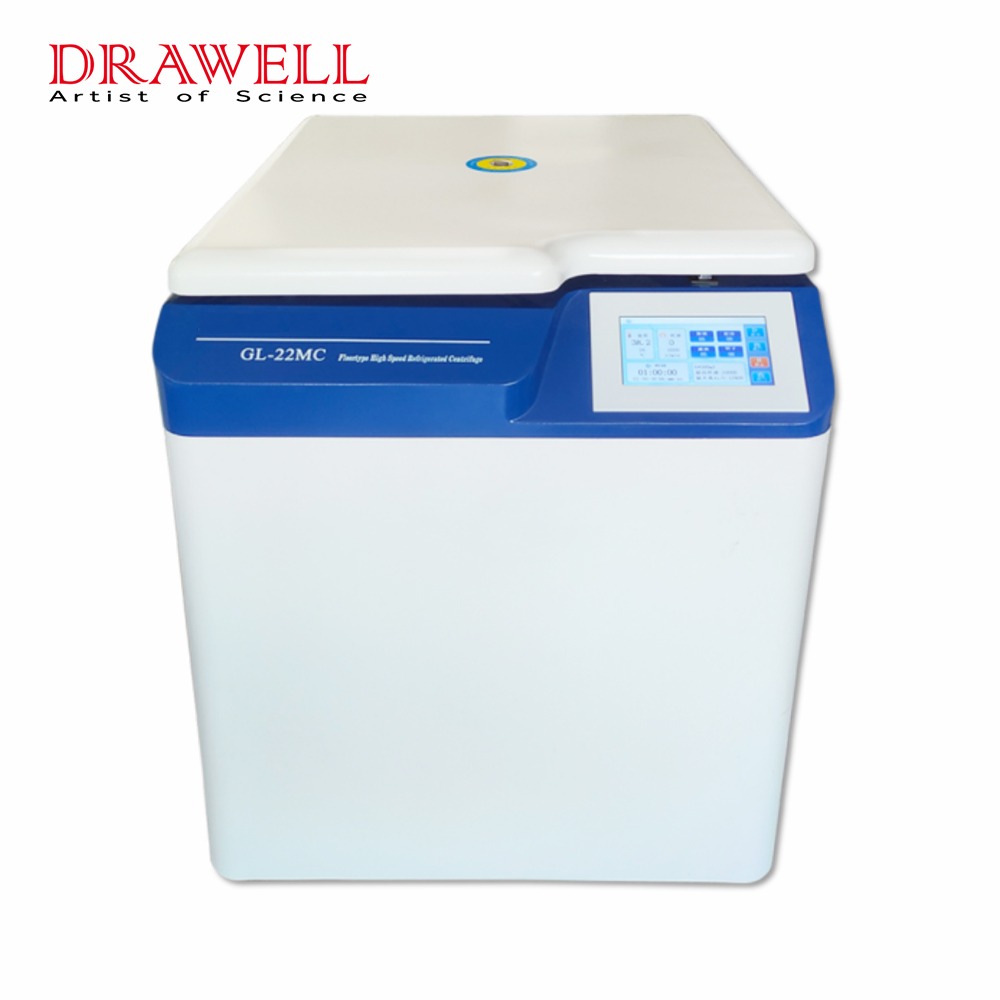A centrifuge is an essential piece of laboratory equipment used for sample separation, purification, and analysis. It is critical to calibrate the centrifuge on a regular basis to achieve precise and dependable results. Calibration entails verifying and changing the centrifuge’s operational settings to correspond with recognized standards. In this article, we will explore how to calibrate a centrifuge effectively, providing the importance of calibrating a centrifuge and a detailed step-by-step guide.
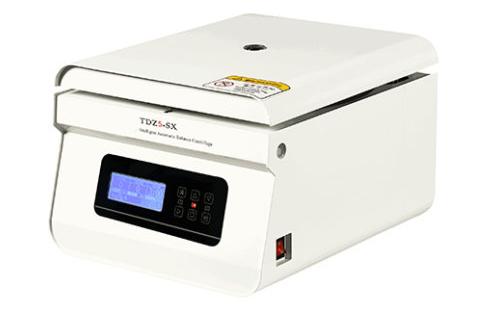
Why Calibrating A Centrifuge is Important?
Calibrating a centrifuge is critical for ensuring precise and trustworthy findings, adhering to industry requirements, maintaining safety, and improving overall laboratory operations.
- Accuracy and Reliability
Calibration guarantees that the centrifuge performs precisely and accurately. By calibrating the speed, time, and temperature settings, you may be confident that the centrifuge will produce the desired results and dependable data. Calibration reduces mistakes and variability in experimental results.
- Compliance with Standards
Many industries, such as healthcare, pharmaceuticals, and research, have quality standards and regulations that need laboratory equipment to be calibrated on a regular basis. Calibration of the centrifuge assures conformity with these requirements, proving that your facility satisfies the accuracy and quality control criteria.
- Consistency and Reproducibility
Calibration aids in the achievement of consistency in experimental processes. Calibration of the centrifuge ensures that the same settings are used consistently throughout studies or samples. This uniformity improves repeatability by allowing for comparisons and analysis across multiple research or timeframes.
- Safety
A calibrated centrifuge lowers the possibility of accidents or equipment failure. Calibration ensures that the centrifuge operates within safe speed and temperature ranges, reducing the possibility of sample spillage, rotor imbalances, and other potentially hazardous circumstances. It encourages laboratory employees to work in a safer atmosphere.
- Instrument Longevity
Regular calibration aids in identifying and correcting any problems or anomalies in the centrifuge’s performance. Early detection of faults allows you to take preventive steps or perform necessary maintenance, extending the centrifuge’s lifetime and avoiding costly repairs or replacements.
- Traceability and Documentation
Calibration necessitates keeping meticulous records of the calibration procedure, including the date, time, persons involved, calibration standards used, and any adjustments made. These records will be used for future calibrations, audits, or quality assurance inspections. They offer traceability and indicate your dedication to quality control and accountability.
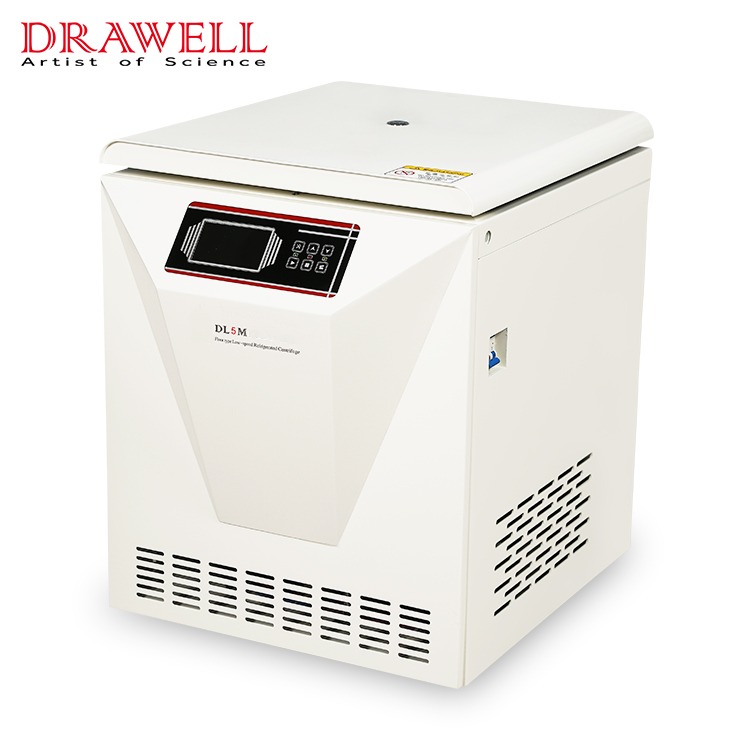
What is A Detailed Step-by-step Guide for Calibrating A Centrifuge?
Step 1: Read the Manual
Before beginning the calibration procedure, properly read the manufacturer’s documentation for your centrifuge model. Learn the suggested calibration techniques, safety precautions, and any unique requirements or limitations.
Step 2: Gather Calibration Standards
Obtain the calibration standards or reference materials required, as indicated by the manufacturer or appropriate regulatory agencies. These standards can include certified weights or pre-calibrated centrifuge calibration tubes.
Step 3: Safety Precautions
Wear adequate personal protective equipment (PPE), such as gloves and a lab coat. Preventing mishaps and injuries during the calibration procedure begins with ensuring that the centrifuge is turned off and unplugged from the power source.
Step 4: Level the Centrifuge
A level centrifuge is required for precise calibration. Check the levelness of the centrifuge with a spirit level or a built-in level indicator. To attain a precisely horizontal posture, adjust the leveling feet or base as needed.
Step 5: Check Rotor and Tubes
Examine the rotor for evidence of wear, damage, or imbalance. Make sure the rotor is clean and debris-free. Check that the centrifuge tubes are compatible with the rotor and in good working order. Replace any tubes that are broken or weakened.
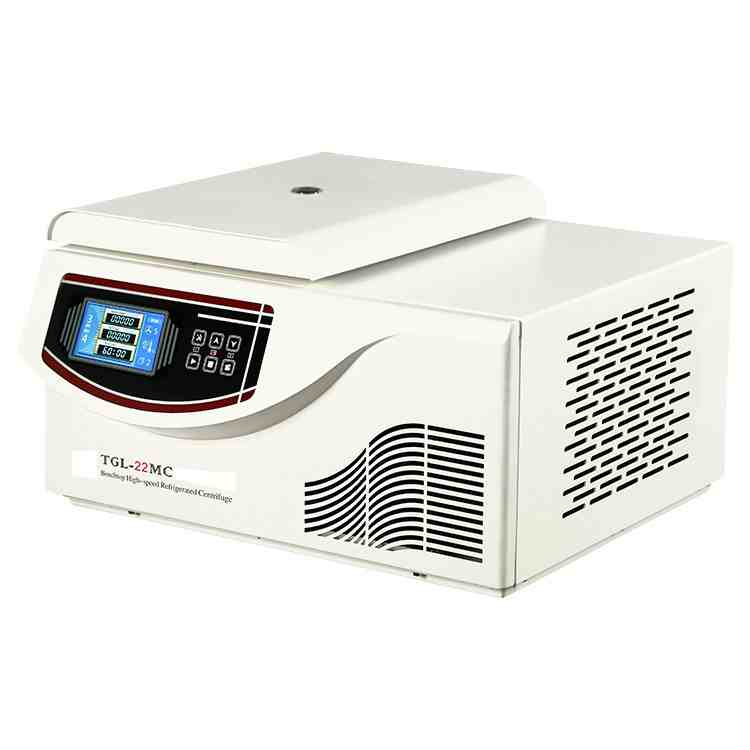
Step 6: Set Operating Parameters
Set the desired operating parameters for the calibration process using the centrifuge’s control panel or interface. Speed, time, temperature (if appropriate), and any other relevant settings are examples of these factors.
Step 7: Speed Calibration
To calibrate the speed, use a tachometer or an optical sensor to measure the centrifuge’s actual rotational speed. Check the observed speed against the speed set on the control panel. Adjust the calibration parameters as necessary to align the actual and target speed.
Step 8: Timer Calibration
Calibrate the centrifuge’s timer feature by comparing the actual run time to the specified time. Start the centrifuge and use a stopwatch or a calibrated timer to time the run.
Step 9: Temperature Calibration
If your centrifuge has a temperature control feature, use a calibrated thermometer or a temperature reference device to ensure its accuracy. Compare the measured temperature to the set temperature and, if necessary, modify the calibration parameters.
Step 10: Documentation and Record-Keeping
Keep meticulous records of the calibration procedure, including the date, time, individuals involved, calibration standards used, and any adjustments made. This paperwork ensures traceability and can be used for future calibrations or audits.
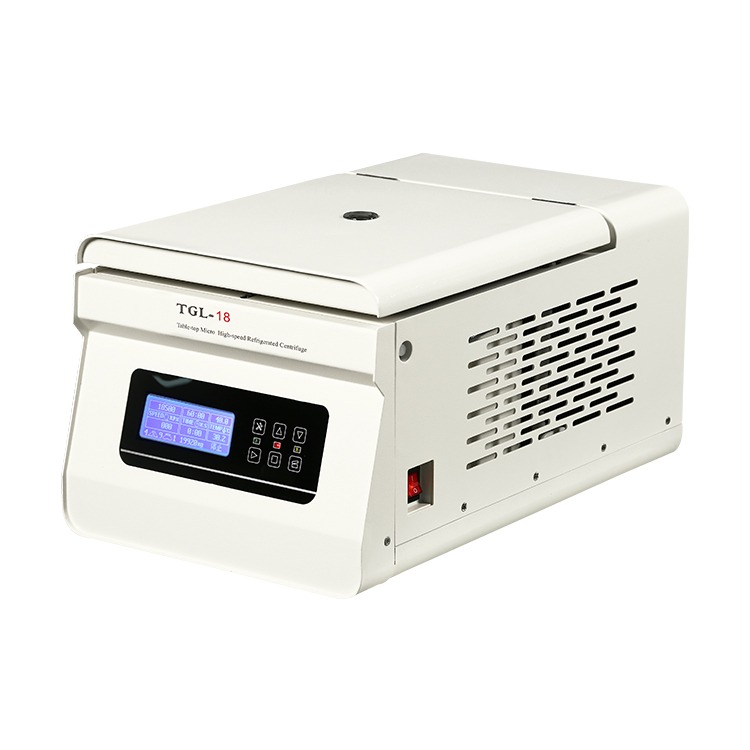
Summary
The calibration of a centrifuge is an important step in ensuring precise and repeatable results in laboratory procedures. You may efficiently calibrate your centrifuge and keep its performance within acceptable limits by following the step-by-step approach given above. Regular calibration helps to optimize the functioning of a centrifuge, improves experimental repeatability, and assures compliance with quality standards and regulatory requirements.


